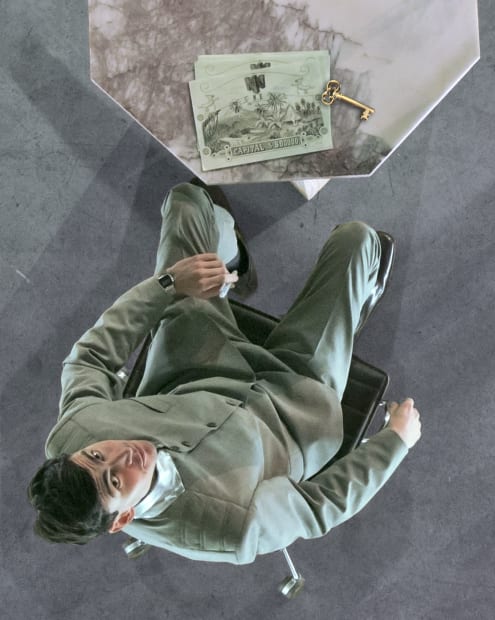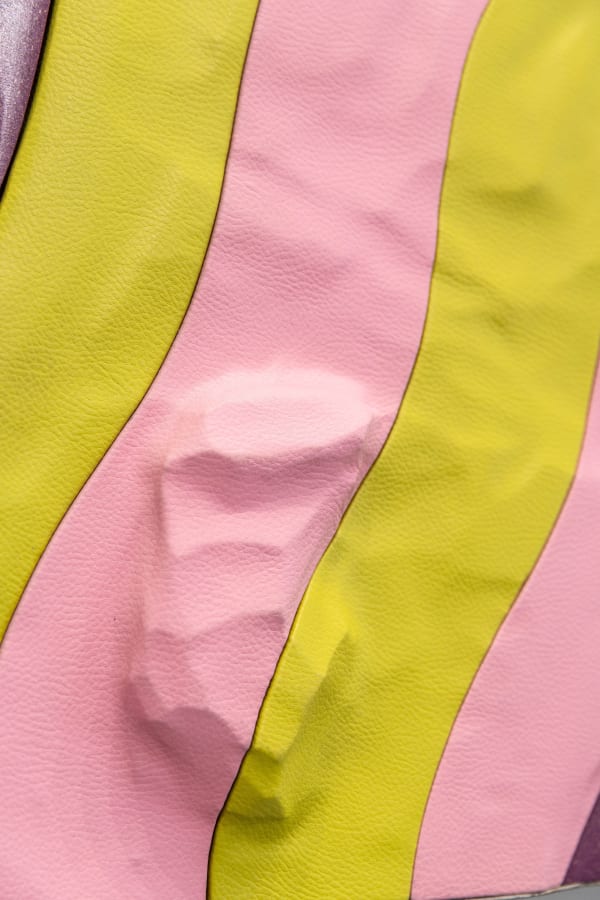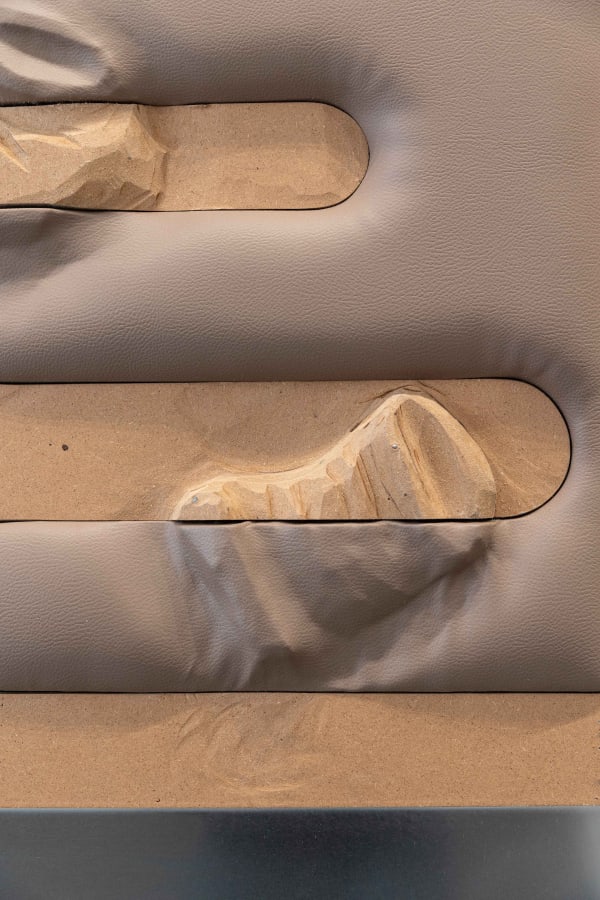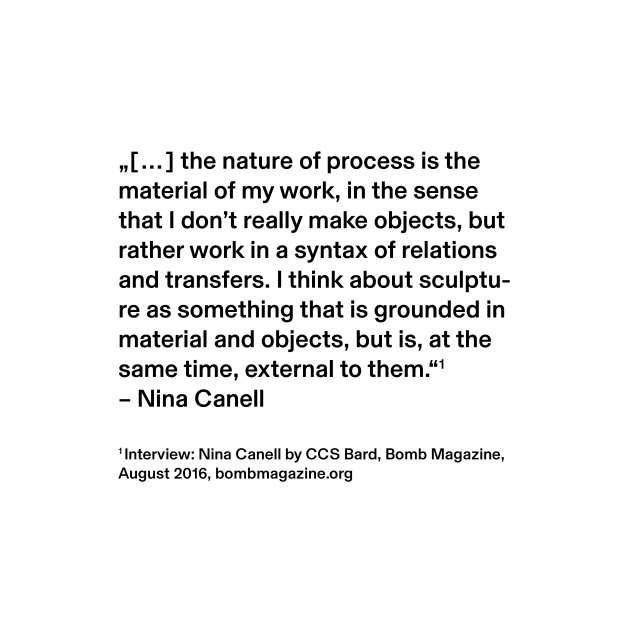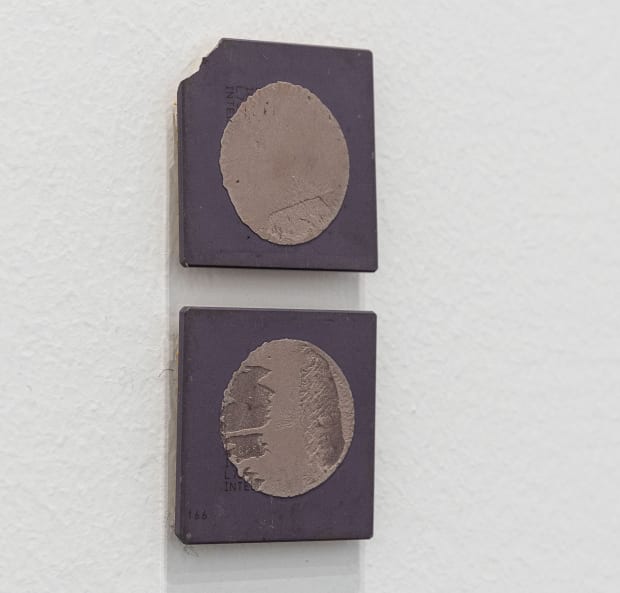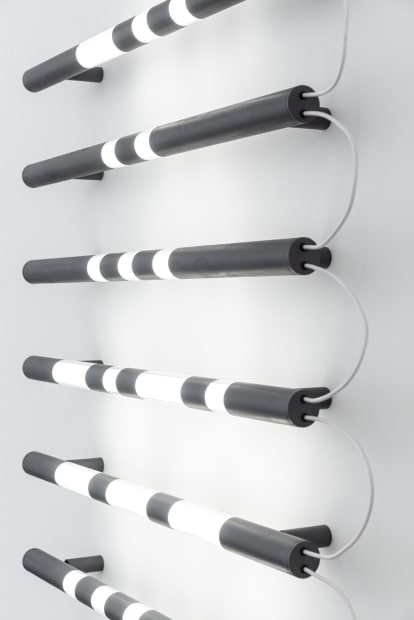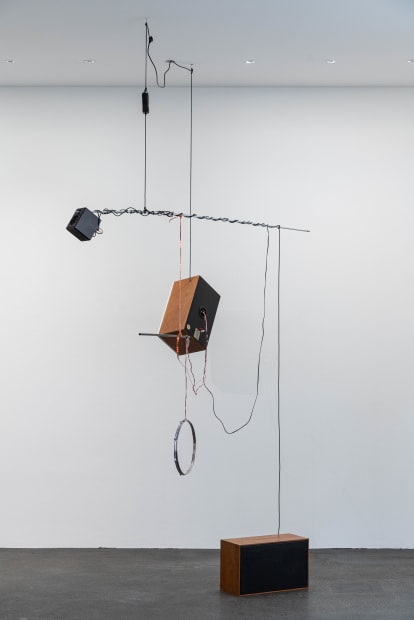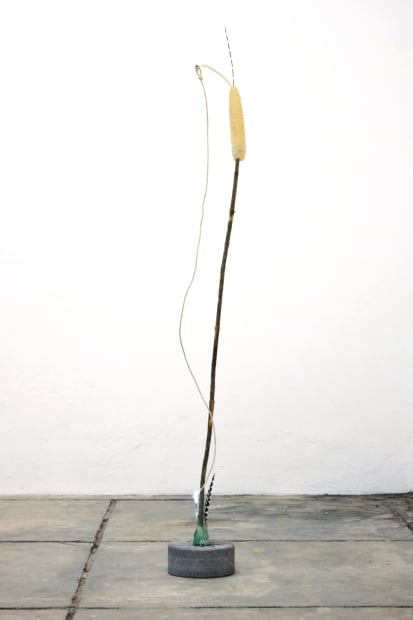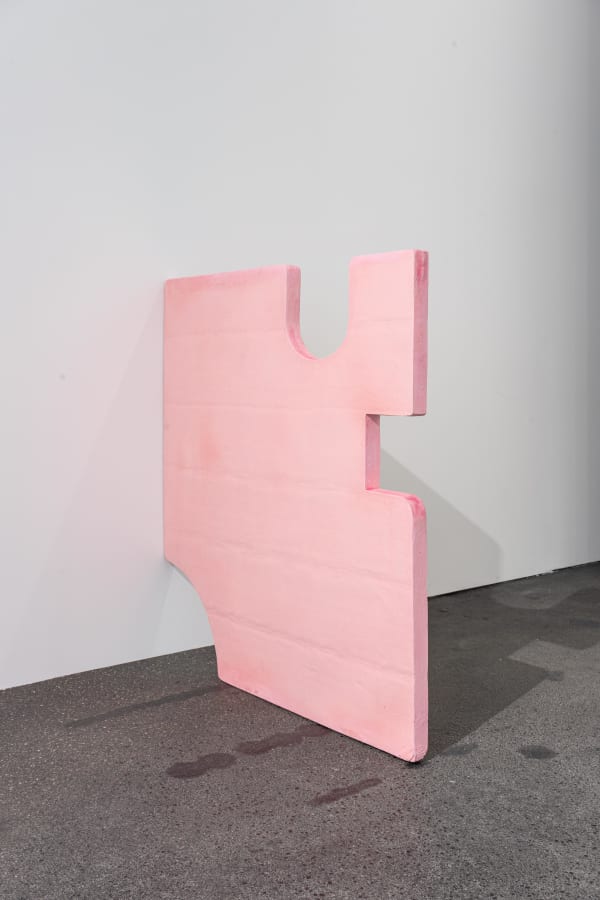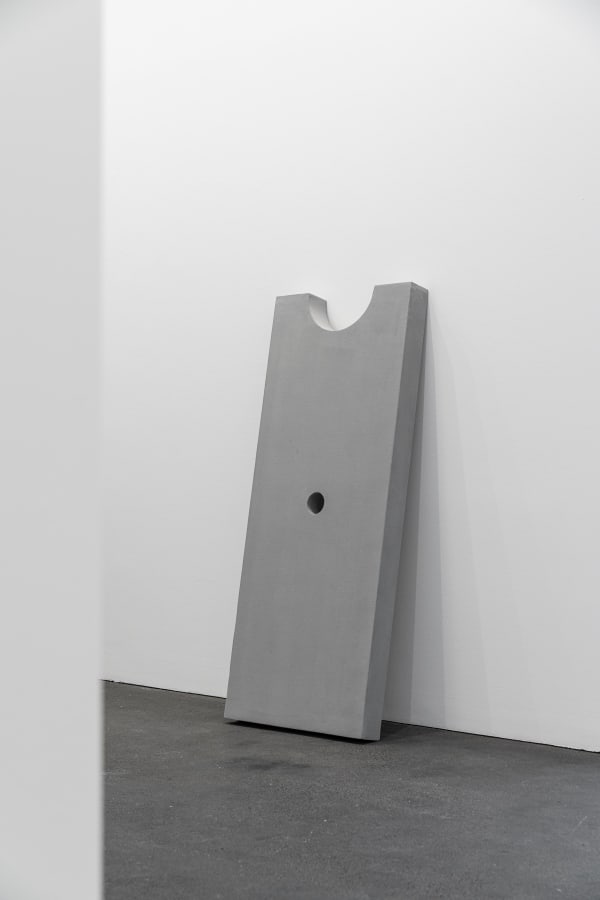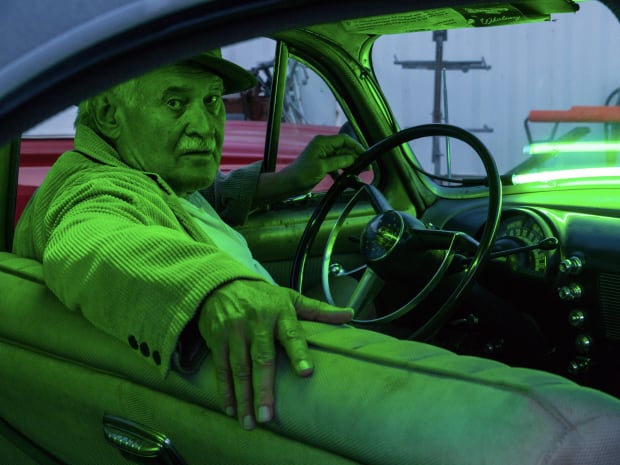-
-

-
-

-

-
Paintings
-
 Niko Abramidis & NEAnamorphic Growth, 2018canvas, spraypaint, embroidery155 x 92 x 5 cm
Niko Abramidis & NEAnamorphic Growth, 2018canvas, spraypaint, embroidery155 x 92 x 5 cm
61 1/8 x 36 1/4 x 2 inclick for more info
-
 Niko Abramidis & NEGlobal Desert, 2017canvas, spraypaint, embroidery58 x 38 x 1 cm
Niko Abramidis & NEGlobal Desert, 2017canvas, spraypaint, embroidery58 x 38 x 1 cm
22 7/8 x 15 x 3/8 inclick for more info -
 Niko Abramidis & NEOmega Anteater Scientist, 2019canvas, spraypaint, embroidery125 x 60 x 4 cm
Niko Abramidis & NEOmega Anteater Scientist, 2019canvas, spraypaint, embroidery125 x 60 x 4 cm
49 1/4 x 23 5/8 x 1 5/8 inclick for more info
-
-
Neïl Beloufa
-

-

-
-

-
Nina Canell
-

-

-

-
-
Brigitte Kowanz
-

-

-

-
The wall work f (2020) by the Austrian artist Brigitte Kowanz refers - like many of her works - to her longstanding involvement with the binary Morse code, which she uses as a formal element as well as a transmitter of a second level of meaning in her works. f forms part of the work group Reflections, in which the works - consisting of aluminum, reflective foil and a transparent varnish applied by the artist - emphasizing the painterly qualities of light. Light is not an element inherent to the pictures, but the reflective surface of the works are activated by parallel illumination. The works also have a participatory factor: the effect can be further intensified by lighting with the viewer's smartphone. The title of the work f refers to the letter F of the Morse code alphabet. Kowanz describes her interest in this code as follows: “In Morse code, there are the elementary forms: line and dot, circle and rectangle, short and long. But it is also interesting that it contains precisely this binary system, which functions in different ways, as light signals, acoustic signals or graphic codes.” Withf, the letter is visually represented as a dot, dot, line, dot and is found again on the canvas as a graphic code that is activated by external light.
-

-
-
Haroon Mirza
-

-
-
 Untitled Song #1 (Detail), 2012Mixed mediaDimension variable, ca. 300 x 200 x 200 cm
Untitled Song #1 (Detail), 2012Mixed mediaDimension variable, ca. 300 x 200 x 200 cm
118 1/8 x 78 3/4 x 78 3/4 inchesPhoto: Dirk Tacke -

-

-

-
-
-

-
-
Gabriel Rico
-

-

-

-
-
Keith Sonnier
-

-
-
-

take me to
viewing_room

